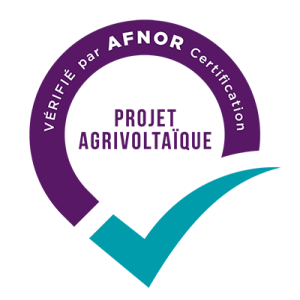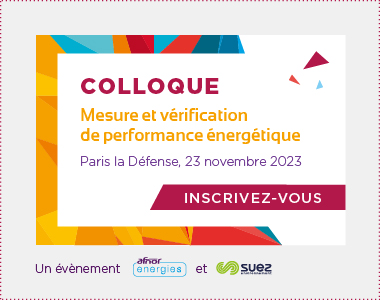Solar energy is being used to increase the share of renewable energies, both to produce heat (solar thermal) and electricity (solar photovoltaic).
Depending on the equipment deployed, we speak of flat-plate solar power (panels and collectors facing the sun), concentrated solar power (using Fresnel lenses) and solar trackers (panels that rotate on their axis like sunflowers for maximum exposure).
Where and how to install solar panels?
Solar professionals can install collectors on a wide range of surfaces, the aim being to take advantage of those that have a different function, while remaining close to electrical distribution networks (to minimize connection costs and work) and consumer locations.
The roofs of buildings meet all these criteria, as do certain facades when they are well exposed. Some bodies of water are also suitable. The choice of a location must be based on how the energy produced will be used. Deploying photovoltaic shading systems in a parking lot should be considered in conjunction with the installation of charging stations for electric vehicles in the same parking lot.
AFNOR Energies can help you size your photovoltaic system to assess your electricity production potential and determine the project’s profitability. Contact us now!
What is agrivoltaics?
Agrivolatism consists in deploying solar panels on agricultural land, not on the roofs of farms and sheds, but on plots devoted to crops and livestock. The sector is encouraged by the March 10, 2023 law on accelerating the production of renewable energies.
But the text makes their development conditional on one commitment: that projects give priority to agricultural production over energy production. Project developers must therefore ensure that the presence of the panels is not a nuisance, but an asset for the agricultural plot. For example, the shade provided by the panels on the vines of southern France limits scorching summer temperatures.
In winter, on the contrary, their presence can reduce the impact of late frosts. These structures can also be used for netting against hail or other unwanted animals.
A label for soil cultivation and soon for livestock farming
 Developed with professionals and distributed by AFNOR Certification, the Projet agrivoltaïque label qualifies a project that promotes agricultural production and sustainably improves plot and farm performance.
Developed with professionals and distributed by AFNOR Certification, the Projet agrivoltaïque label qualifies a project that promotes agricultural production and sustainably improves plot and farm performance.
The label is applied from the design phase through to the operating phase. A guarantee of trust and transparency for stakeholders, it measures the priority and agricultural quality of the project.
Key points to remember
- Solar energy is being used to increase the share of renewable energies.
- Agrivoltaics consists in deploying solar panels on agricultural plots dedicated to crops and livestock.
- The Agrivoltaic Project label is awarded to projects that promote agricultural production.


